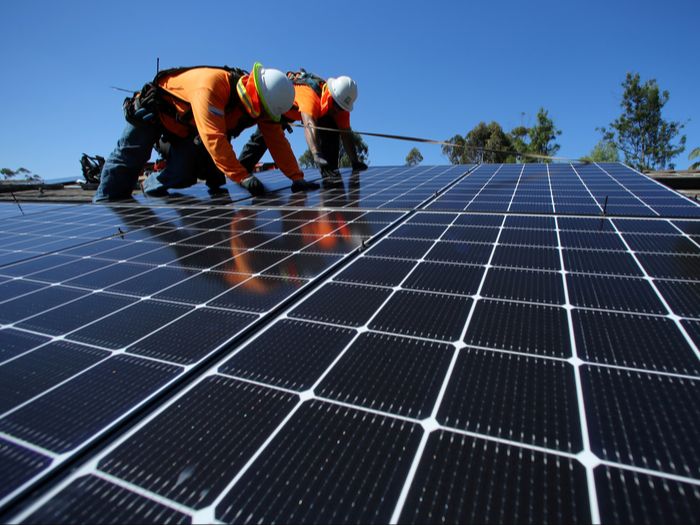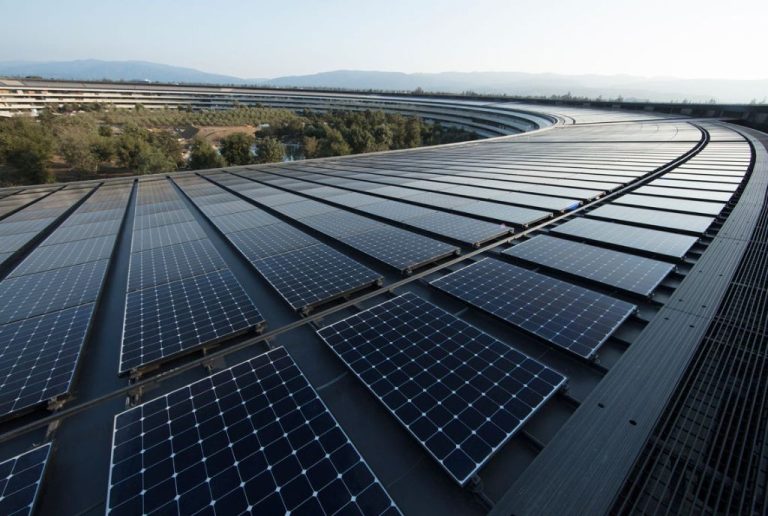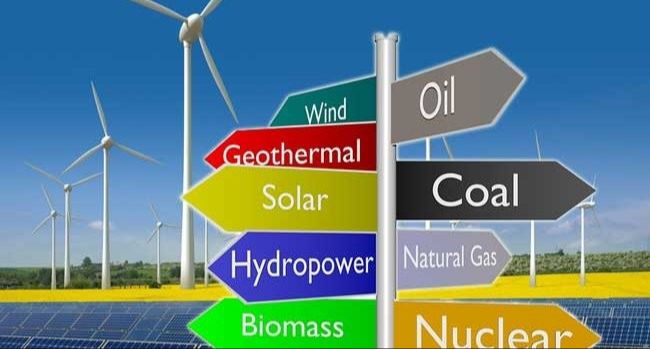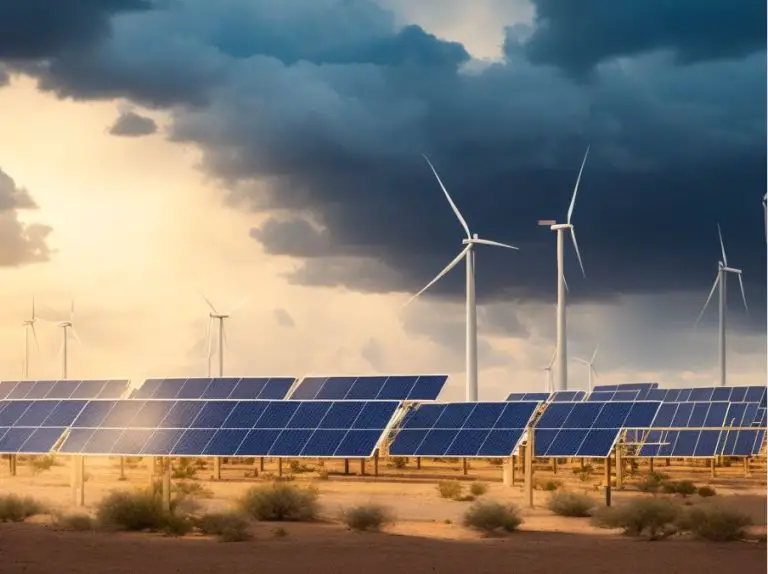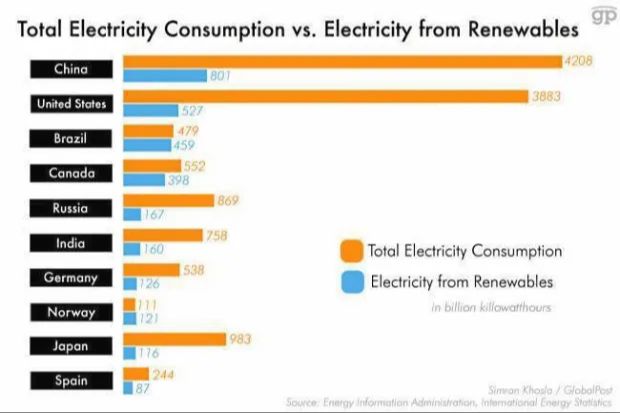What Are The Alternative Energy For Transport?
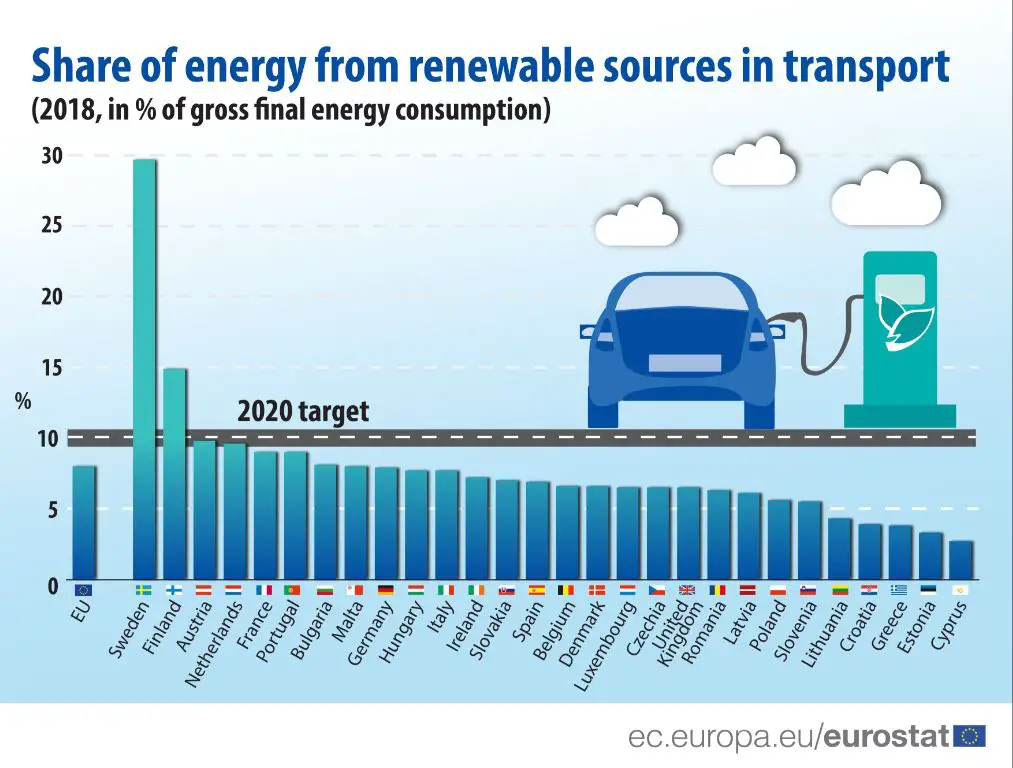
Alternative energy for transportation refers to energy sources and technologies used to power vehicles that serve as alternatives to petroleum-based fuels like gasoline and diesel. Some common types of alternative energy used for transportation include electricity, biofuels, hydrogen, natural gas, and propane.
Developing alternative energy sources for transportation is important for several reasons. First, it can reduce dependence on imported oil and improve energy security. Petroleum imports account for a major portion of the U.S. trade deficit. Alternative fuels produced domestically can reduce imports and improve energy independence. Second, alternative energy can reduce pollution and emissions that contribute to climate change and health problems. Transportation accounts for around 28% of U.S. greenhouse gas emissions, so transitioning to cleaner energy sources can significantly cut emissions. Third, alternative energy can stimulate competition which helps keep fuel prices affordable for consumers. Fourth, alternative fuels allow for fuel diversification so that shocks to one energy supply do not disrupt the entire transportation system.
Electric Vehicles
Electric vehicles (EVs) are becoming increasingly popular as an alternative to traditional gas-powered vehicles. According to Investyadnya, global EV sales reached 6.6 million in 2021, up 109% from 2020. Leading markets like China and Europe saw EV sales make up 15% and 22% of total passenger vehicle sales in 2021, respectively (https://investyadnya.in/model-portfolio-articles/global-ev-adoption-and-why-it-is-different-for-each-oem).
Some key benefits driving the adoption of EVs include:
- Reduced greenhouse gas emissions compared to gas vehicles
- Savings on fuel costs since electricity is cheaper per mile than gas
- Low maintenance due to fewer moving parts and no engine oil changes needed
- Potential tax credits and incentives offered by governments to encourage adoption
However, EVs also face challenges such as high upfront costs, range anxiety, and lack of widespread charging infrastructure. Ongoing developments like decreasing battery costs, expanded public charging networks, and new EV models with longer ranges are helping overcome these hurdles.
Biofuels
Biofuels are fuels derived directly from organic materials, such as plants and agricultural wastes. There are several types of biofuels commonly used for transportation:
- Ethanol – Made from the fermentation of plant sugars from corn, sugarcane, or other crops. Used as a gasoline additive or substitute.
- Biodiesel – Produced from vegetable oils, animal fats, or recycled cooking grease. Used as a diesel substitute.
- Renewable diesel – Chemically similar to petroleum diesel, but made from organic sources like vegetable oil and animal fats.
- Biogas – Generated from the decomposition of organic wastes. Can be purified into biomethane and used as a vehicle fuel.
Biofuels offer several benefits compared to fossil fuels:
- Reduce greenhouse gas emissions since the carbon released is recycled back into plants (https://www.linkedin.com/advice/0/what-most-effective-ways-incentivize-use-rbgcf)
- Enhance energy security by relying on domestic renewable sources
- Support agricultural economies by creating added demand and higher prices for crops
However, there are some limitations to biofuel adoption:
- Higher cost compared to conventional fuels in most cases
- Compete for land and resources needed for food production
- May require vehicle modifications to handle higher ethanol blends
Biofuels are currently blended into conventional fuels for use in most vehicles. Some examples include:
- E10 and E15 gasoline containing 10% and 15% ethanol
- B5 and B20 diesel containing 5% and 20% biodiesel
- Biomethane used in natural gas vehicles
Higher biofuel blends like E85 (85% ethanol) and B100 (pure biodiesel) require specially designed flex-fuel vehicles to utilize them. Use of these higher blends is currently limited but increasing in certain markets (https://dergipark.org.tr/en/download/article-file/366638). Major transportation companies like airlines and shipping firms are also starting to adopt biofuels to reduce emissions (https://www.biofuelsdigest.com/bdigest/2023/05/04/hapag-lloyd-launches-ship-green-solution-to-boost-biofuel-use-in-transportation/). With further technological advances and cost reductions, biofuels have the potential to play a greater role in powering sustainable transportation.
Hydrogen Fuel Cells
Hydrogen fuel cells create electricity through an electrochemical reaction rather than combustion. Fuel cells combine hydrogen and oxygen atoms to generate an electric current, with water and heat as the only byproducts. The lack of combustion makes fuel cells efficient, quiet, and non-polluting.
Hydrogen fuel cells offer several benefits over traditional gasoline engines. Fuel cell vehicles have two to three times greater efficiency than gasoline vehicles, and refueling only takes three to five minutes. Fuel cells also provide consistent power, high durability, and zero harmful emissions. However, fuel cell vehicles do have a higher upfront cost due to the complex storage and delivery systems required.
Some of the challenges for wider adoption of hydrogen fuel cells in transportation include the lack of hydrogen infrastructure, high costs, durability concerns, and hydrogen storage limitations. Significant investment and technological advances are still needed in production, distribution, and storage to make hydrogen a viable mainstream fuel.1 2
Natural Gas
Natural gas is growing in popularity as an alternative transportation fuel, especially for heavy-duty vehicles like trucks and buses. Compressed natural gas (CNG) and liquefied natural gas (LNG) can be used in place of diesel fuel. Heavy-duty natural gas vehicles are well-suited for situations with high fuel usage like transit fleets, refuse trucks, and cargo trucks.
The use of natural gas for heavy-duty vehicles requires development of a refueling infrastructure. Refueling stations are necessary both at central depot locations and along major highways. Building this infrastructure can be a challenge but many areas are expanding CNG and LNG stations to support fleet vehicles [1].
Using natural gas offers some environmental benefits compared to diesel in terms of lower particulate matter, carbon monoxide, and greenhouse gas emissions. However, natural gas vehicles still produce significant NOx emissions. Natural gas also has implications in terms of resource extraction techniques like fracking [2].
Propane
Propane is a promising alternative fuel for light-duty vehicles. According to a report by Argonne National Laboratory, propane has been used successfully for decades to fuel light-duty internal combustion engine vehicles like pickup trucks and taxis (Werpy, 2010). Propane vehicles are cost-competitive with gasoline and diesel vehicles, especially for high-fuel-use fleets. However, challenges remain when it comes to growing the refueling infrastructure and increasing consumer demand for propane vehicles.
For light-duty vehicles, the most common use of propane is in aftermarket bi-fuel conversions. These allow a gasoline vehicle to also run on propane by adding an extra fuel tank and switching capability. According to the Propane Education & Research Council, there are over 270,000 propane vehicles operating in the U.S. today, mostly light-duty trucks used for commercial fleets. Propane’s high octane rating (104-112 octane) makes it ideal for spark-ignited internal combustion engines. It burns cleaner than gasoline and diesel, producing significantly lower amounts of some harmful emissions like carbon monoxide, nitrogen oxides, and particulate matter.
While there are limited public propane fueling stations currently, the infrastructure is growing. There are over 3,000 public and private propane fueling stations across the U.S. Fleets with their own private fueling infrastructure find propane vehicles very cost-effective. Propane costs 40-50% less per gallon than gasoline and diesel (Alliance Road Trip Spreads the Word About Propane, 2016). However, consumer demand has been a challenge. More marketing and incentives may be needed to increase public awareness and adoption of propane vehicles.
Solar Power
Solar power can be utilized in transportation in a few key ways. One is through installing solar panels directly on vehicles, like electric cars, trucks, and buses. The solar panels on the vehicle can partially recharge the batteries and increase driving range (Energy5). However, the amount of power generated is limited by the surface area on the vehicle. Tesla’s Model S has an optional solar roof that adds about 4 miles of range per day in ideal conditions.
Another application is building solar-powered charging stations for electric vehicles. Large solar panel installations can provide clean electricity to quickly charge vehicles. This reduces reliance on the grid for EV charging. For example, Electrify America is developing solar charging stations across the U.S., aiming to produce 35% or more of the energy from solar power at each location (Energy5).
While solar transportation options are growing, there are limitations. Solar panels only generate energy when there is sunlight, and their output varies greatly depending on weather and latitude. The amount of energy produced by vehicle solar panels is still quite small compared to overall battery capacity. More efficient solar cells, improved storage technology, and smarter energy management systems will help maximize the use of solar power for transportation (LinkedIn).
Wind Power
Wind power offers a sustainable way to generate energy for transportation from the motion of the vehicle itself. Wind turbine charging stations can harness the wind created by moving vehicles to produce electricity (1). This electricity can then help charge electric vehicles and power transportation infrastructure. Some companies have developed small wind turbines that mount on hybrid vehicles to generate extra electricity from the wind as the car moves (2). However, wind power faces some feasibility challenges for widespread transportation applications. The amount of wind energy that can be harvested from a moving car is relatively small. Larger wind turbines capable of generating meaningful electricity would create too much drag on most vehicles. Additionally, wind resources are intermittent and installing wind turbine charging infrastructure across roads and highways would come with high costs and logistical complexities (3). While an intriguing concept, the use of wind power for transportation is limited by practical constraints on efficiently harnessing wind energy from vehicle motion.
(1) https://energy5.com/sailing-the-roads-wind-powered-transportation-growing-impact
(2) http://www.history.alberta.ca/energyheritage/energy/wind-power/wind-power-in-early-times.aspx
(3) https://energy5.com/chasing-the-breezes-the-evolution-of-wind-powered-transportation
Energy Storage
Energy storage plays an important role in enabling the transition to renewable energy for transportation. By storing energy, electric vehicles and other transport can overcome intermittency issues with renewable power generation. However, there are challenges around battery technology and capacity that need to be addressed.
Recent improvements in lithium-ion battery technology have increased energy density, lowered costs, and improved performance. But further advances are still required to increase range and reduce charging times (Everand, 2022).
Capacity and charging speed remain key obstacles for wider adoption of electric vehicles. Most electric vehicles still only have a range of 100-400 km on a single charge. And even fast charging stations can take 20-40 minutes to reach an 80% charge (Generac, 2019).
To enable the transition to electric transport, battery technology must continue to evolve. Key goals include increasing energy density to extend range, improving charging speeds, and lowering costs. Solving these capacity and charging challenges will make electric vehicles more convenient and practical for everyday use.
Conclusion
In summary, the key alternative energy sources for transportation are electric vehicles, biofuels, hydrogen fuel cells, natural gas, propane, solar power, and wind power. Electric vehicles are rapidly growing in popularity and can run on electricity from renewable sources like solar and wind. Biofuels like ethanol and biodiesel provide a renewable fuel source. Hydrogen fuel cells combine hydrogen and oxygen to generate electricity to power vehicles. Natural gas and propane are cleaner burning fossil fuels that can be used in place of gasoline and diesel. Solar panels on vehicles or charging stations can supplement energy needs. Wind turbines can also provide electricity to charge electric vehicles.
The future outlook for alternative energy transportation is positive as concerns over climate change drive the transition away from fossil fuels. Prices continue to fall for key technologies like batteries while performance improves. With more charging infrastructure and progress on expanding range, electric vehicles will eventually dominate personal transportation. Hydrogen fuel cells also have potential for long-haul trucking, shipping, and other heavy transportation needs. Biofuels and synthetic fuels can further reduce the carbon footprint of essential air travel and shipping. Overall, the momentum toward sustainable transportation continues to build which will lead to cleaner air and help address global warming.

